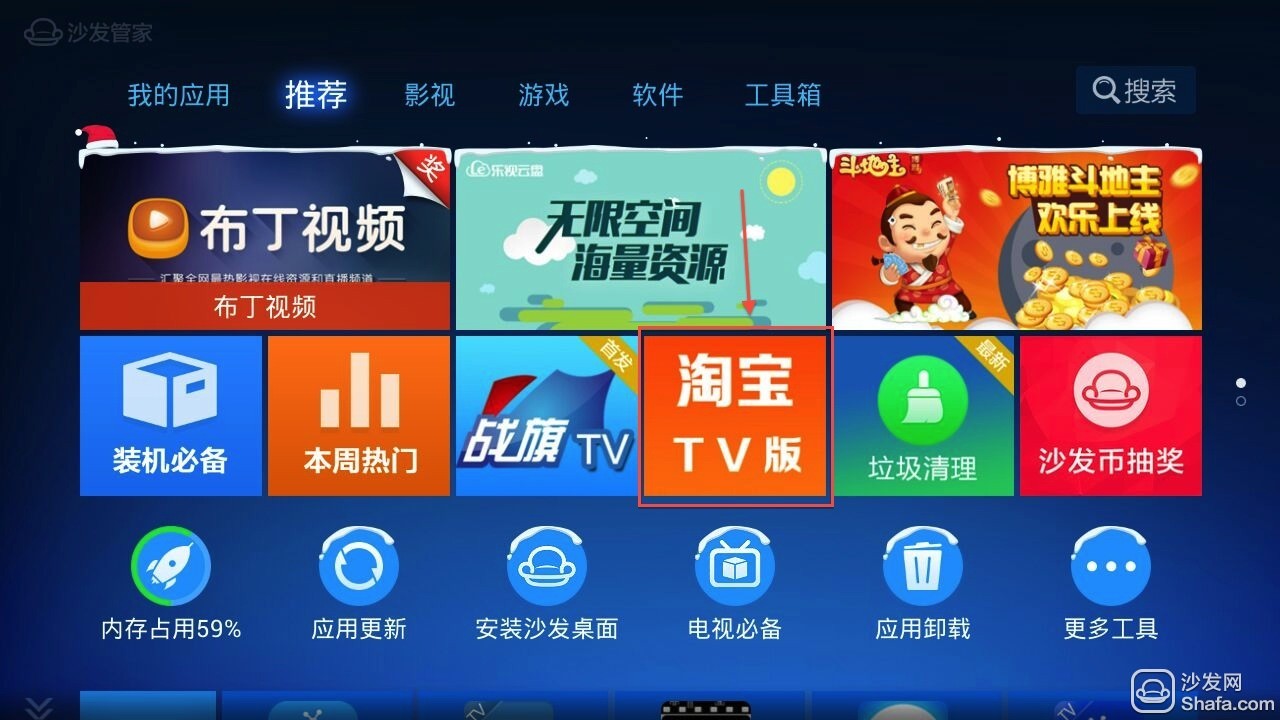On January 11th, the forecast released by the Gran research shows that, influenced by the macroeconomic policies of the SARFT, the smart set-top box will begin to gradually recover in the second half of this year. It is expected that the number of possessions in the smart set-top box market will reach about 85 million units by the end of 2017, and the B2C market is still the main market for smart set-top boxes, accounting for 60% of the total.
In the second half of the year, the market for smart set-top boxes will be changed. In early 2014 to mid-year, the smart set-top box market evolved arbitrarily, and APP non-compliant video applications took precedence, leading directly to the out-of-control of intelligent set-top box EPG management. In the third quarter of 2014, SARFT continued to interview 7 major licensees and reiterated No. 181 In order to strengthen the control of Internet content dissemination, after a series of regulatory policies continue to ferment, illegal video aggregation software continues to delist from the TV application market. The impact of regulatory policies has spread from the license market to the white card market, resulting in the shipment of the entire Internet set-top box market. The overall decline in volume. Industry chain vendors have begun to redefine product boundaries and gradually return to Internet TV platforms with licenses as their core.
Gran Research Analysts stated that the smart set-top box experienced a process of development from crazy to rational in 2014, but the market diversification pattern that has experienced the bliss of smart set-top box has already formed. This diversified pattern can be divided into two major markets: operator market and retail market. Gran research and analysis believes that both the operator market and the retail market will influence each other. The retail market product market will have a significantly faster market than the operator market, which will affect the replacement rate of operators' market products, while the operators' market products will continue to change. It is hoped that the smart set-top box will eventually be launched into the retail market.

The smart set-top box market in 2014 was like a roller coaster. In the first half of the year, the speed of development reached a high point. No matter whether it is a set-top box or a chip, even licensees and operators, etc., they are catching up with the market and technology. In the set-top box market, the license market is busy with enclosures, and the white card market is busy endorsing books. In the chip market, mainstream smart set-top box chip companies have all launched four-core products, and some chip companies have even launched eight-core products, and the technology has turned to 28nm. In the operator market, Telecom, China Unicom, Mobile, Dr. Peng, and Broadcasting and Television are busy planning and deploying tasks to catch up with the hardware configuration of the retail market, and the market has been refreshed and the market landscape has been constantly refreshed. On the operating system, android has a unified trend, but can not stop the pace of enterprise self-built platform, slightly successful companies are eager to try, SARFT has begun to promote TVOS operating system. In video technology, 4K, DRM, AVS+, and H.265 continue to have new bright spots and create new profit points. Intelligent technology, human-computer interaction, human body recognition, voice search, private cloud technology, etc., the industry chain is unprecedentedly active.
In the second half of the year, the market for smart set-top boxes will be changed. In early 2014 to mid-year, the smart set-top box market evolved arbitrarily, and APP non-compliant video applications took precedence, leading directly to the out-of-control of intelligent set-top box EPG management. In the third quarter of 2014, SARFT continued to interview 7 major licensees and reiterated No. 181 In order to strengthen the control of Internet content dissemination, after a series of regulatory policies continue to ferment, illegal video aggregation software continues to delist from the TV application market. The impact of regulatory policies has spread from the license market to the white card market, resulting in the shipment of the entire Internet set-top box market. The overall decline in volume. Industry chain vendors have begun to redefine product boundaries and gradually return to Internet TV platforms with licenses as their core.
Gran Research Analysts stated that the smart set-top box experienced a process of development from crazy to rational in 2014, but the market diversification pattern that has experienced the bliss of smart set-top box has already formed. This diversified pattern can be divided into two major markets: operator market and retail market. Gran research and analysis believes that both the operator market and the retail market will influence each other. The retail market product market will have a significantly faster market than the operator market, which will affect the replacement rate of operators' market products, while the operators' market products will continue to change. It is hoped that the smart set-top box will eventually be launched into the retail market.
Recommended installation sofa butler, download address: http://app.shafa.com/

